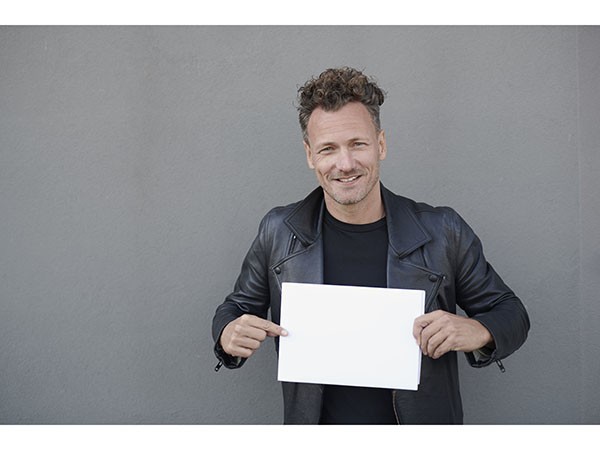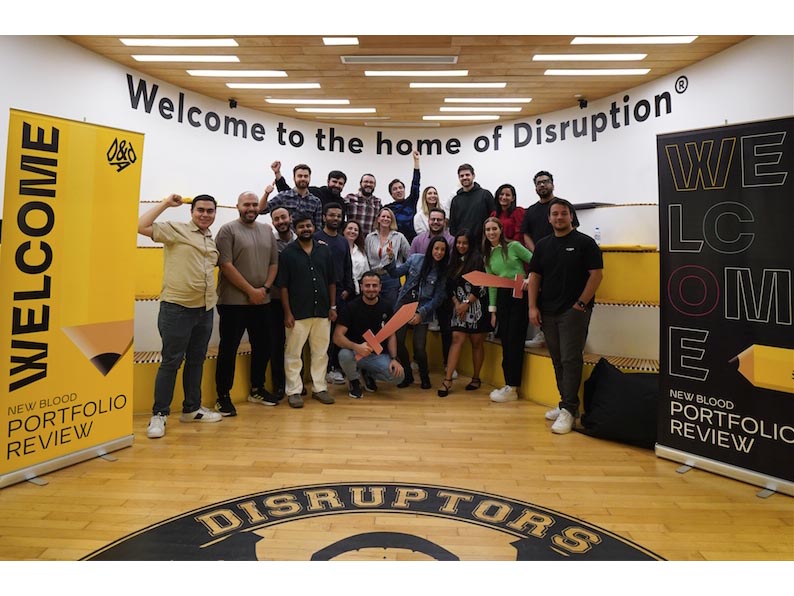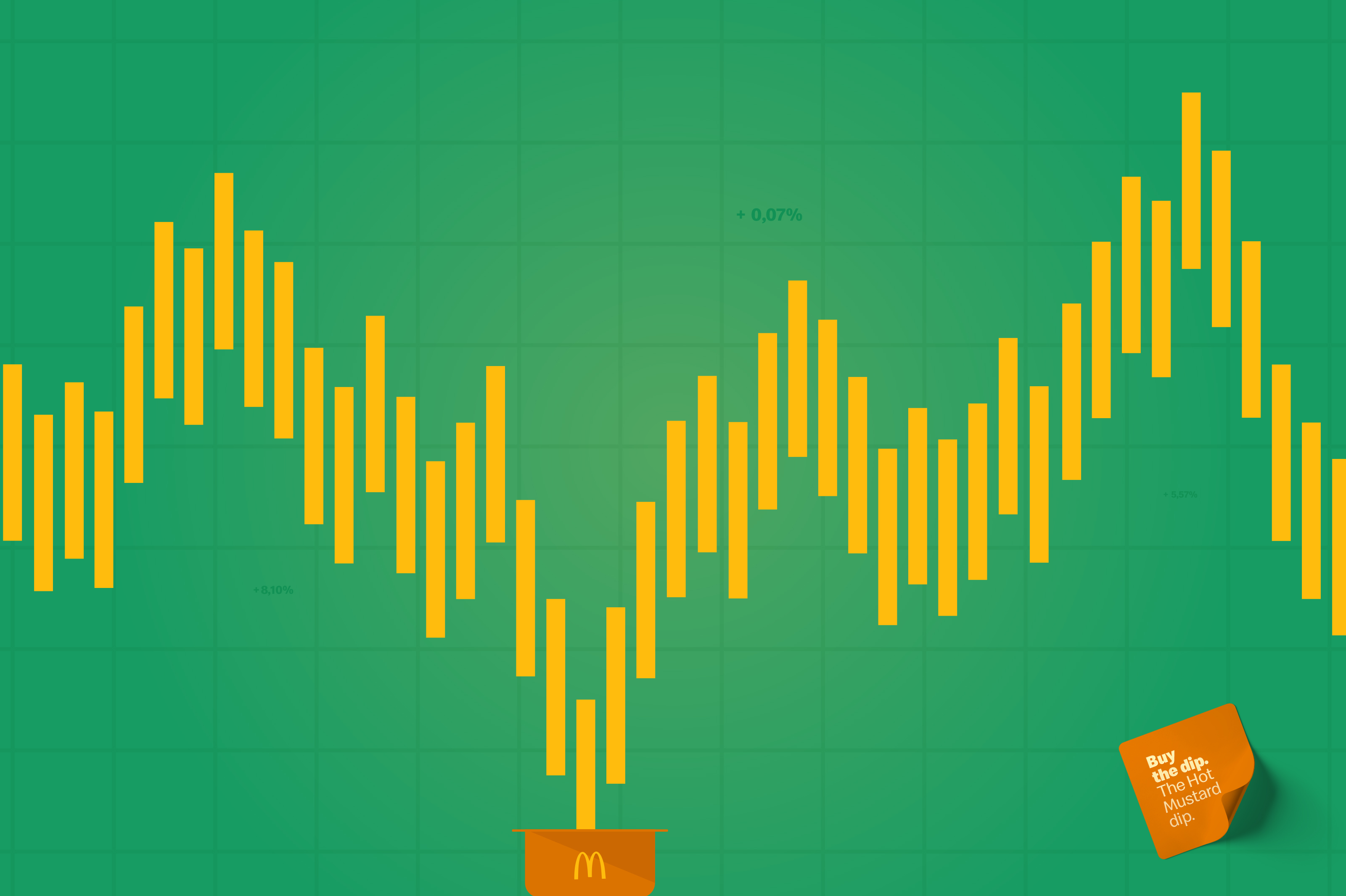News - Advertising
Thomas Kolster: ‘There’s a widening gap between brands saintlike messaging and people’
by Thomas Kolster
January 7, 2022
.jpg) Advertisement
AdvertisementThe author of two books ‘Goodvertising’ & ‘The Hero Trap’ shares some hints on how marketeers and creatives going forward can create campaigns and initiatives that build long-lasting, loved brands.
‘Where’s the do-good space heading? 10 years have passed since my first book, Goodvertising, came out signalling the early days of purpose and do-good initiatives. Today, doing good has become what long-lasting taste was to chewing gum adverts in the eighties: meaningless advertising lingo. From seminal work like Dove’s “Real Beauty” campaign or Chipotle’s “Back to the start”, brands have increasingly been band-wagoning the do-good space resulting in an lengthy vocabulary of washing: green-washing, white-washing, purpose-washing, pink-washing and the list goes on.
A decade ago, it was a failed climate summit, COP15, that sparked my anger and provoked me to write my first book. Now, we’ve witnessed yet another climate summit, COP26 in Glascow – and it’s clear that our industry can’t go on with tokenism and false pretend. Our license to operate is on the line.
It’s evident that there’s a widening communication challenge in front of us as brands talk about change in 2030, 2040 and even 2050 and all people want is for change to happen right now, right here.
How to bridge this widening gap? How to explain to people that these multinational brands move like oil tankers, and it takes time to change course?
The door is closing on our industry
Ultimately, the power is in the hand (and wallet) of people, and they can change what they buy today! We witnessed Extinction Rebellion stage a protest at Cannes Lions two years ago. There are increased calls for banning advertisement of carbon-intensive products such as meat and air travels. The industry isn’t prepared to deal with the widening mistrust and the knowledge gap in our industry is becoming clear.
According to a report from the WFA, The World Federation of Advertiser’s, marketing lacks behind any other company function when it comes to its understanding of sustainability. If we don’t get our act together, people will view advertising as only part of the problem, not the solution. That’s a missed opportunity as communication and creativity can drive the much-needed mind- and behaviour change that’s ultimately needed.
A new leadership is needed, let’s move from preachers to coaches
We need to show a new leadership as an industry, which I’ve pinpointed in my latest book, The Hero Trap, which portrays an emerging post-purpose market. You barely can buy coffee today without it being Direct Trade, hand-picked somewhere in a regeneration forestry project in Colombia by micro-scale women farmers!
Where has the authenticity gone? You’re not more liked as a brand because you claim a societal or climate sainthood; you are more liked because you’re playing a meaningful role in people’s lives.
Let me ask you one simple question: What brand has truly created positive change in your life? Think about it.
People no longer buy what you say, what you do, or why you do it - they want to experience the difference. Brands must stop the naval-gazing focus on how good they are and instead ask themselves: WHO can I help people become?
Great leaders, like brands, grow people – and help them achieve amazing things like becoming healthier, smarter, greener, happier etc.
How should we respond creatively?
We need to think different about how we use our skillset as marketeers and creatives going forward creating the initiatives and campaigns that build long-lasting, loved brands. As an industry we can do it!
This year, I’ve been elected Jury Chairman of D&AD Impact, which I regard as the most important award in our industry, as its honouring ideas that drive sustainable change. It’s a lighthouse in our industry – showcasing that our industry and creativity specifically can be part of the solution.
Since 2013, I’ve followed and judged D&AD when they inaugurated the White Pencil, which has now become part of D&AD Impact. I’m looking for ideas that delivers on impact, impact and impact. I can’t stress this enough. This is not campaign tomfoolery, what’s the measurable change your initiative is delivering? Litres of water saved? % change in perception? Lowered mortality rates? Make sure, you add those numbers.
Secondly, I have a firm eye on scalability. We’re faced with many fires at the same time – and we need to act fast and at scale. And scalable ideas can be local – maybe the change that’s being done in Mozambique can be replicated in Bangladesh?
Real innovation needed, no more stunts
Lastly, I want innovative ideas. The advertising industry often disappoints me, when it comes to bringing innovation to the impact space, there are too many gimmicks, too much short-termism. Innovation takes time.
One of the highlights for me was a project that’s been awarded some years back called Doconomy, putting a carbon estimate on your credit card spending. What began as an idea has become a fast-growing start-up in its own right that recently received 17M USD in funding.
Over many years of judging do-good awards, I’m happy to finally seeing more climate initiatives, but there are still so many opportunities for innovation and fresh ideas. So for any creative or entrepreneur out there, give it your best shot. Diversity is an important topic and I do witness plenty of work in the category, but the work itself is becoming more diverse as well – and putting the + behind the LBTQ+. One issue I feel is lacking attention is poverty. There are few and far between good initiatives helping those at the bottom of the pyramid, that again with the pandemic has been hit hardest, so please, solutions are needed.
D&AD Impact is not simply an award, but through Future Impact, people can submit impactful projects from around the world and, if they win, they’ll be joining the Impact Programme, where they’ll over a year receive valuable advice and help from some of the best people working in impact called The Impact Council. There are even a 25K GBP funding prize to help those ideas accelerate. I’ll really encourage anyone with an impactful idea to submit to Future Impact and be part of the programme.
Last year, I witnessed how a bra targeting transgender people has moved from being an idea on the drawing board to becoming ready to hit the shelves together with a big global sports retailer. That’s what the programme can do. I’ll encourage you to submit work in Impact or Future Impact – and can’t wait to judge it and hopefully we’ll meet at the Impact Programme. Be the change!



.jpg)





.jpg)




